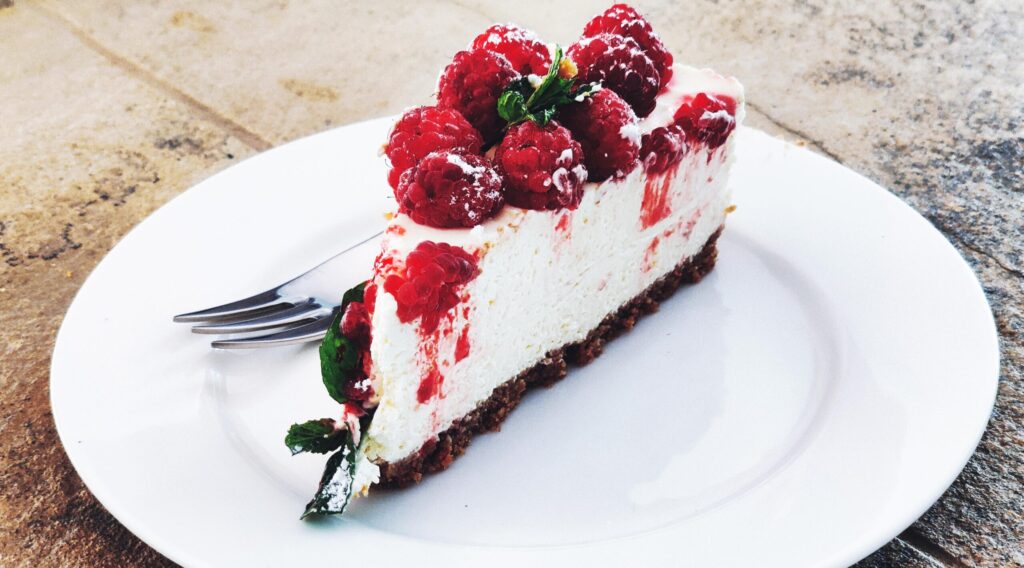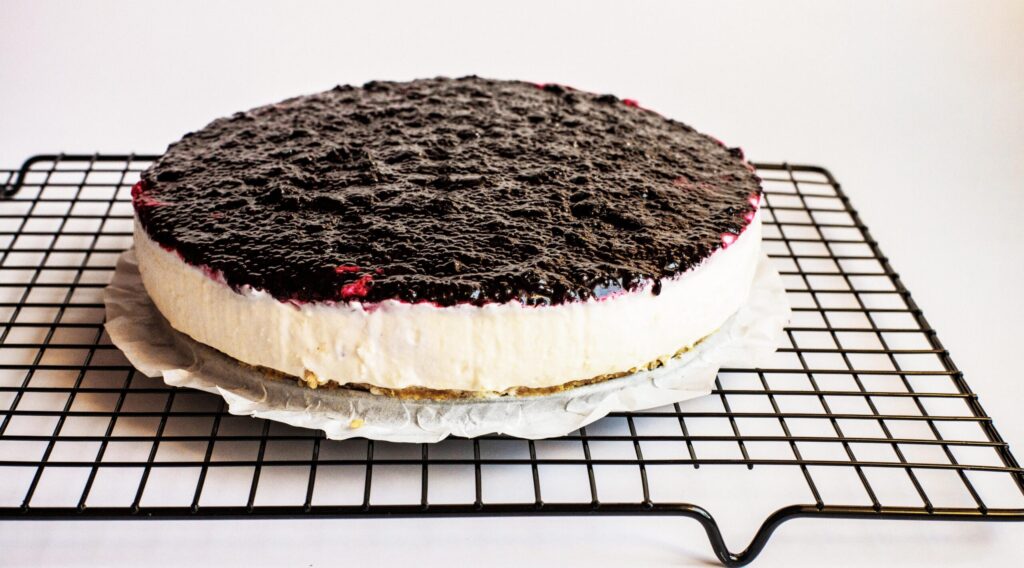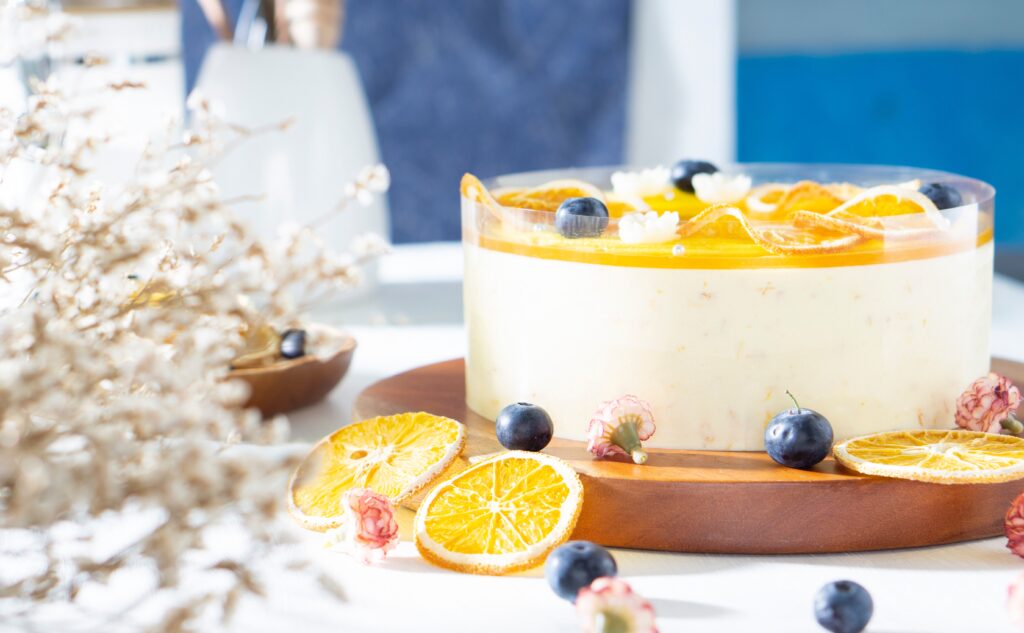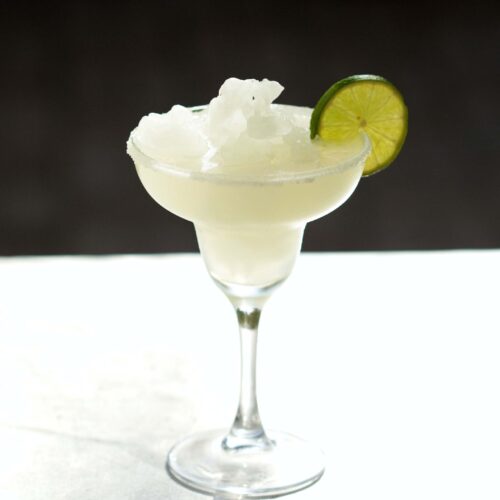From New York to Tokyo, Discover the Unique Flavors and Textures of Popular Cheesecake Varieties
Cheesecake is a beloved dessert enjoyed by various cultures around the world, and each region has its unique take on this classic treat. From the rich and creamy New York-style to the lighter and fluffier Japanese cotton cheesecake, there are many different types to choose from.
In this world roundup, we’ll take a closer look at some of the most popular types from around the world and explore what makes them so delicious.
Here are some popular choices:
- New York Cheesecake: This classic, famous around the world, is made with cream cheese and has a dense, smooth texture. It’s typically served with a graham cracker crust and is often topped with fresh fruit or whipped cream. The richness of the cream cheese, the crumbly crust, and the sweet toppings make this a favorite.
- Italian Cheesecake: A lighter, fluffier version of the traditional recipe. It’s made with ricotta cheese instead of cream cheese and often has a citrus flavor from lemon or orange zest. The texture is less dense and more cake-like, and it’s usually served with fresh fruit or a fruit sauce.
- Japanese Cheesecake: Also known as “cotton” cake, its soft and airy, made with cream cheese, eggs, and cornstarch. It’s known for its fluffy texture and light, delicate flavor. It’s often served with a dusting of powdered sugar or fresh fruit.
- French Cheesecake: This is a lighter version of the New York-style type. It’s made with fromage blanc, a soft, fresh cheese, and has a more delicate texture than its American counterpart. It’s often served with fresh fruit or a fruit sauce.
- German Cheesecake: This type is made with quark cheese, a fresh cheese similar to ricotta. It’s a lighter and less sweet version of the classic cheesecake and is often topped with fresh fruit or a fruit compote.
- Basque Cheesecake: A crustless type of dessert that is baked at a high temperature to create a caramelized exterior and a creamy, custard-like interior. It’s made with cream cheese, sugar, eggs, heavy cream, and flour. The result is a rich and decadent cheesecake that’s slightly burnt on the outside and creamy on the inside.
- Greek Cheesecake: Also known as “tiropita,” is a savory option made with feta cheese, eggs, and phyllo pastry. It’s often flavored with herbs such as dill or parsley and is a popular appetizer in Greece.
- Brazilian Cheesecake: “Pudim de queijo,” is a sweet dessert made with condensed milk, cream cheese, and eggs. It’s often flavored with vanilla or coconut and has a creamy texture similar to flan.
- Israeli Cheesecake: “Kishke,” is a sweet and dense dessert made with a combination of farmer and cream cheese. It’s often flavored with lemon or orange zest and is a popular dessert during the Jewish holiday of Shavuot.
- Filipino Cheesecake: “Kesong puti,” is sweet and tangy and made with fresh carabao milk cheese, which has a flavor similar to cottage cheese. It’s often served with sweet fruits such as mango or jackfruit.
Each of these desserts has its own unique flavor and texture that make them delicious in their own way. Whether you prefer a rich and creamy New York-style or a fluffy Japanese cotton option, there’s one somewhere around the world for everyone to enjoy!
Did you know?
Did you know that these types of “cake” were served to athletes during the first Olympic games in ancient Greece? They were considered a good energy source and were made with simple ingredients such as cheese, honey, and wheat.
A little history:
The first recorded mention of cheesecake dates back to ancient Greece, where it was served to Olympians for energy boosts. As the Roman Empire spread, so did the popularity of this delicious dessert, and the recipe was gradually refined by adding new ingredients such as eggs and butter.

By the Middle Ages, cheesecake had become a popular dessert in Europe, with sweet or savory variations and a wide range of cheeses.
In the 19th century, the introduction of cream cheese in the United States led to the development of the modern New York-style type, now one of the most popular variations of this dessert worldwide.
Today, it is enjoyed in many different cultures from around the world, and new variations are constantly being created, such as the Japanese and the Basque desserts.

Despite the many variations found around the world, the basic concept and recipes have remained the same for thousands of years, making it a dessert with a fascinating history.



